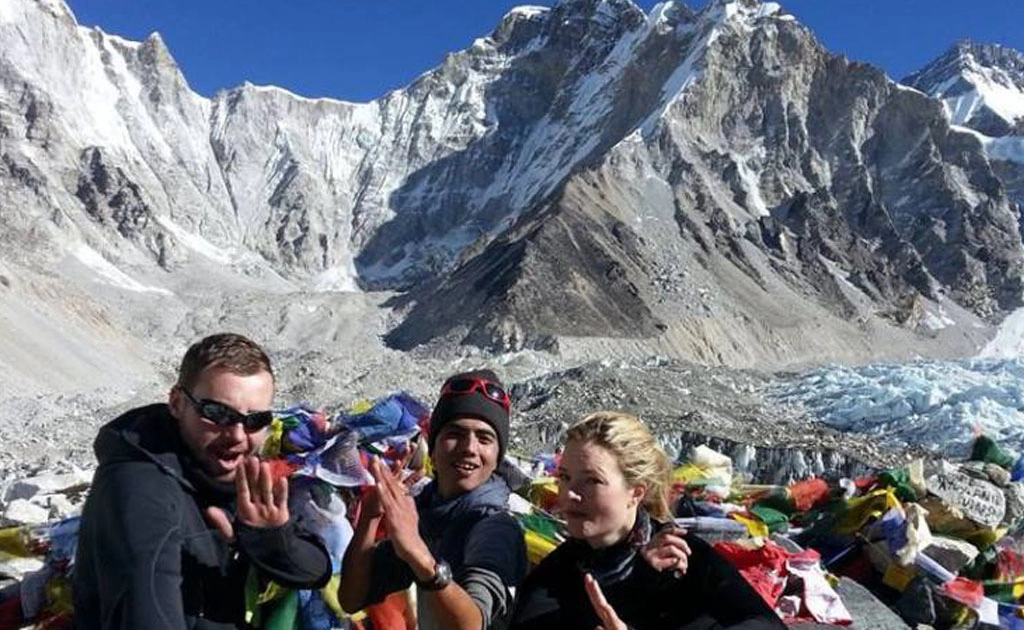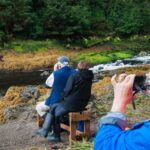Nepal, the land of towering mountains, ancient culture, and Himalayan legends, is a dream destination for adventure seekers worldwide. Among the many thrilling adventures it offers, peak climbing in Nepal stands out as a bucket-list-worthy pursuit. From the towering Mera Peak to the rugged technicality of Lobuche Peak, Nepal presents a variety of Himalayan climbs ideal for both novice and experienced climbers.
This article explores the appeal, challenges, and unique experiences of peak climbing in Nepal, with a special focus on two of its most iconic peaks: Mera Peak Climbing and Lobuche Peak Climbing.
Why Choose Peak Climbing in Nepal?
Unlike high-altitude trekking, peak climbing in Nepal offers a deeper experience of mountaineering, often crossing the 6,000-meter mark. It is a perfect stepping-stone for those who wish to progress from trekking to real mountaineering without committing to 8,000-meter expeditions like Everest or Makalu.
Key Benefits:
- Stunning views of the Himalayas, including Everest, Lhotse, Cho Oyu, and Makalu
- Authentic Sherpa culture and hospitality
- Technical and non-technical climbs for all skill levels
- Flexible itineraries and customization options with experienced guides
The Nepal Mountaineering Association (NMA) has designated 33 trekking peaks (between 5,800 to 6,584 meters) as legal for climbing. These peaks require permits but are less technically demanding than expedition peaks.
Mera Peak Climbing: Nepal’s Highest Trekking Peak (6,476m)
Mera Peak, located in the remote Hinku Valley of the Everest region, is the highest trekking peak in Nepal. At 6,476 meters, it offers climbers an ideal combination of altitude, adventure, and scenery—without the complex technical challenges found in other Himalayan peaks.
Highlights:
- Panoramic views of five 8,000-meter giants: Everest, Lhotse, Cho Oyu, Makalu, and Kanchenjunga
- Glacier walking experience on the Mera Glacier
- Less crowded trail compared to other Everest region routes
- Challenging yet achievable for physically fit trekkers
Ideal for:
Mera Peak is perfect for those with a good level of fitness and basic mountaineering skills. No prior technical climbing experience is required, but pre-trip training is recommended.
Typical Itinerary:
- Day 1–3: Kathmandu to Lukla, then trek to Paiya
- Day 4–8: Trekking through the Hinku Valley
- Day 9–12: Acclimatization and training at Khare
- Day 13: Summit attempt from Mera High Camp
- Day 14–18: Return trek to Lukla and fly back to Kathmandu
Challenges:
- High altitude and cold temperatures
- Basic glacier and rope skills required
- Physically demanding summit day (10–12 hours)
Cost:
Mera Peak climbing cost typically ranges between $2,000 to $2,800 USD, depending on the route, services, and group size.
Lobuche Peak Climbing: Technical Adventure near Everest Base Camp (6,119m)
Located close to Everest Base Camp, Lobuche Peak offers a technically demanding climbing experience. It is considered more difficult than Mera Peak and is often used by climbers to prepare for bigger summits.
Highlights:
- Striking close-up views of Everest, Nuptse, and Pumori
- Climb alongside glacier walls and ridges
- Perfect blend of trekking and alpine climbing
- Opportunity to visit Everest Base Camp and Kala Patthar
Lobuche East (6,119m) is the one open for trekkers. Lobuche West is a more technical expedition peak requiring a special permit.
Ideal for:
Lobuche is suited for experienced trekkers and beginner climbers with some mountaineering training. Rope handling, crampons, and ice axe skills are essential.
Typical Itinerary:
- Day 1–7: Kathmandu – Lukla – Phakding – Namche Bazaar – Tengboche – Dingboche – Lobuche
- Day 8: Hike to Everest Base Camp (optional) and Kala Patthar
- Day 9–10: Climb to Lobuche High Camp and Summit
- Day 11–13: Return trek to Lukla and flight to Kathmandu
Challenges:
- Steep snow and ice sections
- Cold, unpredictable weather
- Altitude-related risks like AMS
Cost:
Lobuche Peak climbing cost generally ranges from $2,200 to $3,200 USD, depending on the inclusion of EBC side trips, equipment, and group size.
Mera Peak vs Lobuche Peak: A Quick Comparison
| Feature | Mera Peak | Lobuche Peak |
| Elevation | 6,476 meters | 6,119 meters |
| Difficulty Level | Moderate (non-technical) | Moderate to Difficult (technical) |
| Climbing Type | Snow/glacier walk | Rock, snow, and ice climb |
| Viewpoint | 5 of the world’s tallest peaks | Close-up of Everest region |
| Best For | First-time climbers | Climbers with basic experience |
| Region | Hinku Valley, Makalu-Barun | Khumbu (Everest) |
Best Season for Peak Climbing in Nepal
The best time for Mera Peak and Lobuche Peak Climbing is during the pre-monsoon (Spring: March to May) and post-monsoon (Autumn: September to November) seasons. These windows offer:
- Clear skies and stable weather
- Better visibility
- Safer trail and snow conditions
Avoid monsoon and winter months due to heavy rains, snowfalls, and extreme cold.
Permits Required for Peak Climbing in Nepal
For both Mera and Lobuche Peak climbs, climbers must obtain:
- Nepal Mountaineering Association (NMA) permit
- Sagarmatha National Park entry permit
- Pasang Lhamu Rural Municipality fee
- TIMS Card (Trekkers’ Information Management System)
These permits are usually handled by your trekking/climbing agency.
Essential Gear for Mera and Lobuche Peaks
- Mountaineering boots
- Crampons, harness, carabiners
- Ice axe and climbing helmet
- Down jacket and sleeping bag
- Headlamp, gloves, and UV sunglasses
- Climbing ropes (provided by agencies)
- Altitude sickness medication and first aid kit
For both climbs, experienced guides and porters are highly recommended, not just for logistics and safety, but for cultural immersion and local insight.
Unique Conclusion
Climbing peaks in Nepal is not just about reaching a summit—it’s about discovering yourself amidst the awe-inspiring power of nature. Whether you’re standing atop Mera Peak, gazing at five of the world’s highest mountains, or conquering the technical ridges of Lobuche Peak, each step transforms your spirit and perspective.
Peak climbing in Nepal blends physical challenge with spiritual reward, mountain solitude with cultural connection. If you seek a journey that pushes your limits while connecting you with the soul of the Himalayas, Mera and Lobuche Peak Climbing stand as perfect gateways into high-altitude mountaineering.
Key Takeaways
- Mera Peak is ideal for beginners wanting a high-altitude experience with minimal technical challenges.
- Lobuche Peak is suited for those seeking a more technical climb with views close to Everest Base Camp.
- Nepal offers 33 trekking peaks—accessible, adventurous, and awe-inspiring.
- The best seasons are Spring (March–May) and Autumn (Sept–Nov).
- Proper acclimatization, gear, and guides are crucial for a successful climb.
FAQs
Q1: Do I need prior climbing experience for Mera or Lobuche Peak?
A: Mera Peak can be attempted by fit beginners with training. Lobuche Peak requires some prior climbing or rope-handling experience.
Q2: How dangerous is peak climbing in Nepal?
A: While not extremely dangerous, altitude sickness, weather changes, and physical exertion pose risks. Proper acclimatization and guidance mitigate these.
Q3: Can I climb both Mera and Lobuche on the same trip?
A: Yes, with a longer itinerary and good acclimatization, it’s possible to combine both in one extended adventure.
Q4: Are solo climbs allowed?
A: Solo peak climbing is discouraged and often restricted. Using a registered guide is safer and usually required by law.










